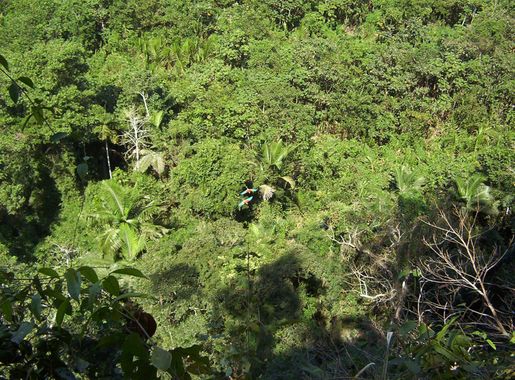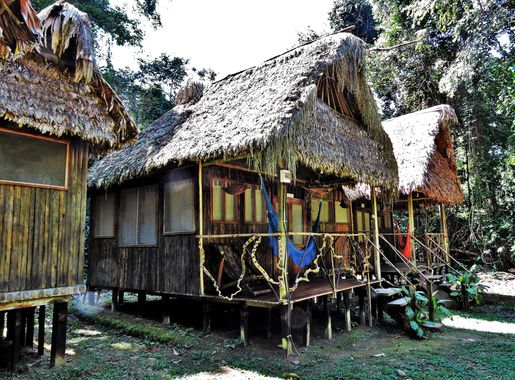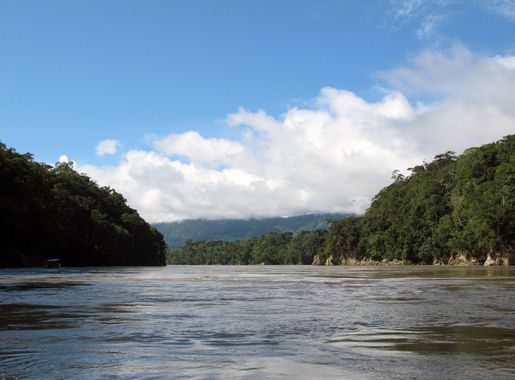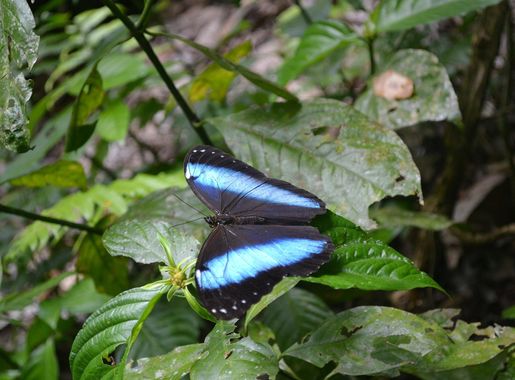
Madidi National Park: Bolivia's Hidden Natural Gem
Discover the unparalleled biodiversity and rich cultural heritage of Madidi National Park, Bolivia's hidden gem in the upper Amazon basin.
Madidi National Park, located in the upper Amazon River basin in Bolivia, is one of the world's most biologically diverse regions. Spanning over 19,000 square kilometers, the park offers an unparalleled immersion into one of the most untouched rainforests on the planet. Whether you're an avid birdwatcher, a wildlife enthusiast, or a nature lover, Madidi promises a unique experience with its diverse flora and fauna. The park is home to over 1,000 species of birds, 200 species of mammals, and countless insects and amphibians. Visitors often encounter colorful macaws, playful monkeys, and even the elusive jaguar. The lush vegetation includes towering trees, vibrant orchids, and medicinal plants used by local indigenous communities. Madidi National Park is also culturally rich. Indigenous groups such as the Tacana and Quechua live in harmony with the environment. Many tours offer cultural experiences that allow visitors to learn about traditional practices, medicinal uses of plants, and sustainable living. This blend of natural beauty and cultural heritage makes Madidi a must-visit destination for anyone seeking an authentic and enriching adventure.
Local tips in Madidi National Park
- Visit during the dry season (May to October) for more comfortable trekking and wildlife spotting.
- Hire a local guide to enhance your experience and ensure you don't miss hidden gems and wildlife.
- Pack lightweight, long-sleeved clothing and insect repellent to protect against mosquitoes.
- Bring a good pair of binoculars for birdwatching and spotting distant wildlife.
- Respect local customs and support the indigenous communities by purchasing handmade crafts.
Madidi National Park: Bolivia's Hidden Natural Gem
Madidi National Park, located in the upper Amazon River basin in Bolivia, is one of the world's most biologically diverse regions. Spanning over 19,000 square kilometers, the park offers an unparalleled immersion into one of the most untouched rainforests on the planet. Whether you're an avid birdwatcher, a wildlife enthusiast, or a nature lover, Madidi promises a unique experience with its diverse flora and fauna. The park is home to over 1,000 species of birds, 200 species of mammals, and countless insects and amphibians. Visitors often encounter colorful macaws, playful monkeys, and even the elusive jaguar. The lush vegetation includes towering trees, vibrant orchids, and medicinal plants used by local indigenous communities. Madidi National Park is also culturally rich. Indigenous groups such as the Tacana and Quechua live in harmony with the environment. Many tours offer cultural experiences that allow visitors to learn about traditional practices, medicinal uses of plants, and sustainable living. This blend of natural beauty and cultural heritage makes Madidi a must-visit destination for anyone seeking an authentic and enriching adventure.
When is the best time to go to Madidi National Park?
Unmissable attractions to see
Plaza Principal 2 De Febrero
Discover the vibrant heart of Rurrenabaque at Plaza Principal 2 De Febrero, a beautiful park filled with culture, food, and local festivities.

Plaza Principal De Rurrenabaque
Experience the vibrant atmosphere of Plaza Principal de Rurrenabaque, a cultural hub surrounded by nature and local charm in Bolivia.
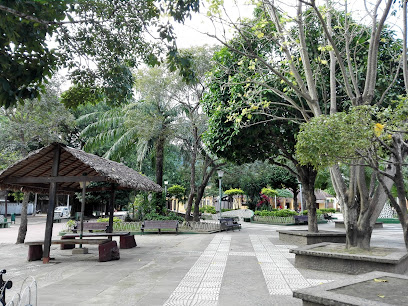
City tours Rurrenabaque
Discover Rurrenabaque: A gateway to the Amazon's beauty and Bolivian culture, perfect for adventurers and nature lovers alike.

Sadiri Lodge
Explore the breathtaking beauty of the Bolivian Amazon at Sadiri Lodge, a serene retreat for nature lovers and adventure seekers alike.

Laguna Natural de Vida Silvestre
Explore the breathtaking beauty of Laguna Natural de Vida Silvestre in Rurrenabaque, a haven for wildlife enthusiasts and nature lovers alike.
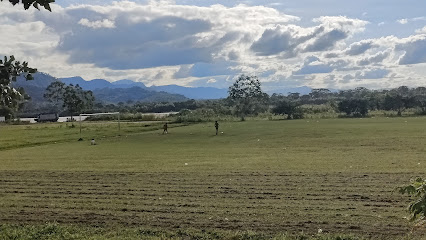
Centro Cultural Keremba
Experience the vibrant art and culture of Bolivia at Centro Cultural Keremba, the cultural heart of Rurrenabaque.

El Suse o Susi _ Piedra tallada
Explore El Suse o Susi in Rurrenabaque, Bolivia – a treasure trove of intricate stone carvings that reveal the region's rich cultural heritage.
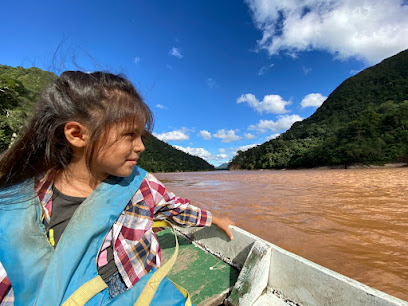
Laguna Verde
Discover the breathtaking beauty of Laguna Verde, a stunning turquoise lake nestled in the Andes, perfect for nature lovers and adventure seekers.
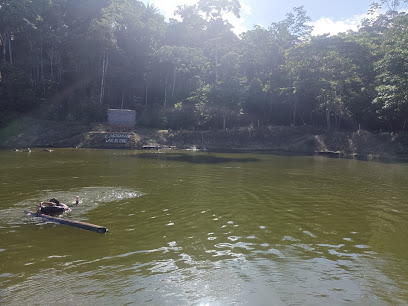
Mirador 2 a Rurrenabaque
Explore the breathtaking beauty of Mirador 2 in Rurrenabaque, a nature preserve offering stunning views and a tranquil escape into Bolivia's lush landscapes.
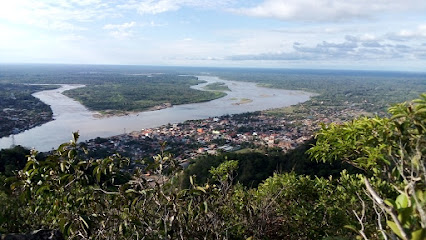
Candelaria Madidi Ecological Reserve
Explore the breathtaking Candelaria Madidi Ecological Reserve, a biodiversity hotspot in Bolivia, perfect for nature lovers and adventure seekers.
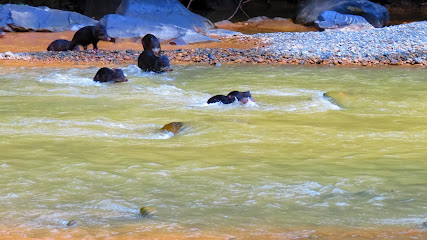
Complejo Ecoturistico Madidi
Experience the breathtaking biodiversity and cultural richness of Complejo Ecoturistico Madidi, a premier ecotourism destination in Bolivia.
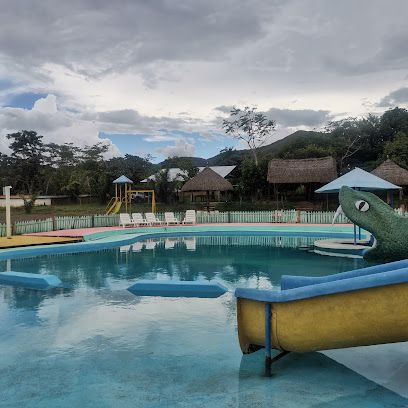
San Fermín _ Apolo_ Bolivia
Explore the rich culture and stunning landscapes of San Fermín in Apolo, Bolivia - a hidden gem for adventurous travelers seeking authenticity.
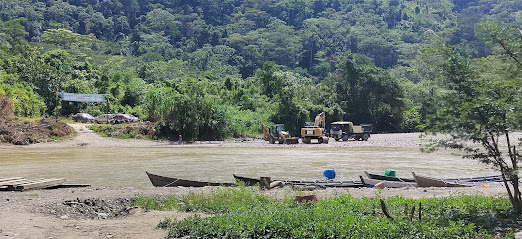
Estrecho de El Bala
Explore the breathtaking Estrecho de El Bala, a natural wonder in Bolivia showcasing stunning landscapes and rich biodiversity near San Buenaventura.
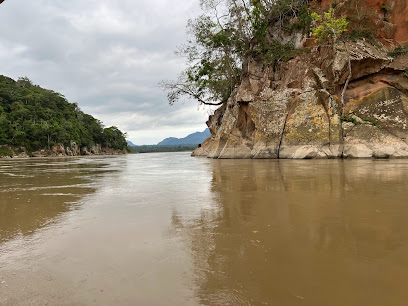
Cascada Sadiri
Experience the breathtaking beauty of Cascada Sadiri, a stunning waterfall in Tumupasa, Bolivia, surrounded by lush landscapes and tranquility.

QUINTA MI TATA
Experience the serene beauty and local culture at Quinta Mi Tata, a captivating tourist attraction in Rurrenabaque, Bolivia.
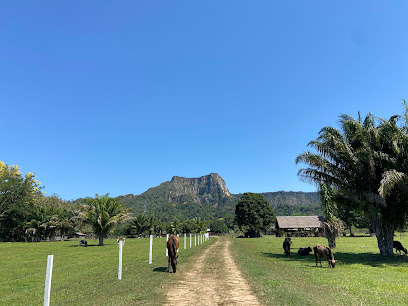
Essential places to dine
Breakfast Nonis
Savor delightful breakfasts at Breakfast Nonis in Uyuni - a must-visit culinary haven for travelers seeking authentic Bolivian flavors.
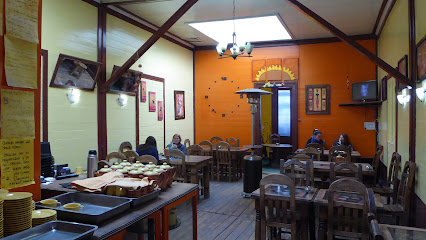
Minuteman Pizza
Experience delectable pizzas at Minuteman Pizza inside Tonito Hotel in Uyuni—where local flavors meet comfort dining.
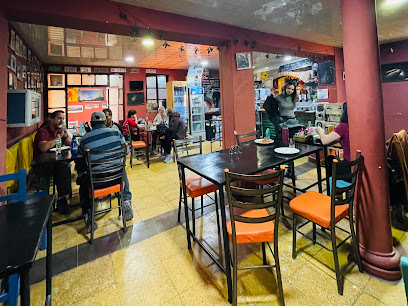
Tika | Restaurante en Uyuni
Experience the flavors of Bolivia at Tika Restaurant in Uyuni – where local ingredients meet culinary creativity.
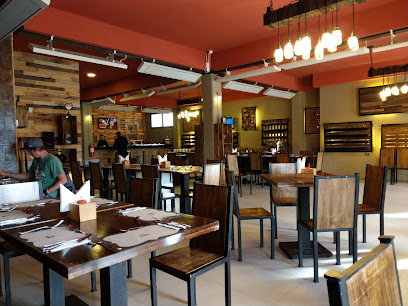
Luz de Mar
Discover authentic European cuisine at Luz de Mar in Rurrenabaque—where every dish tells a story of flavor and tradition.
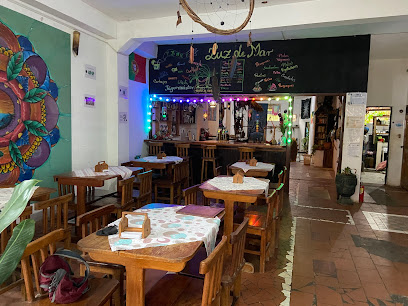
The Local Dish
Experience authentic Bolivian cuisine at The Local Dish in La Paz – where every bite tells a story of tradition and flavor.
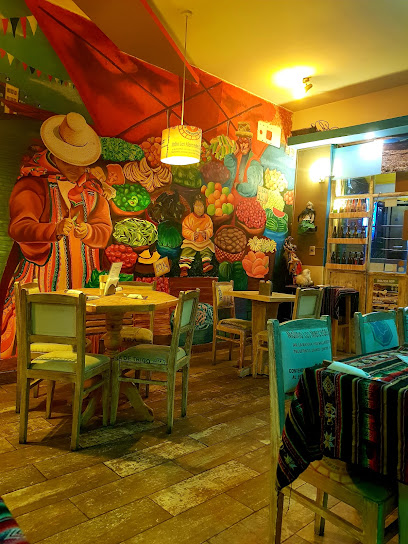
Restaurant La fortaleza del sabor
Discover authentic Bolivian flavors at Restaurant La Fortaleza del Sabor in Copacabana - a culinary gem by Lake Titicaca.
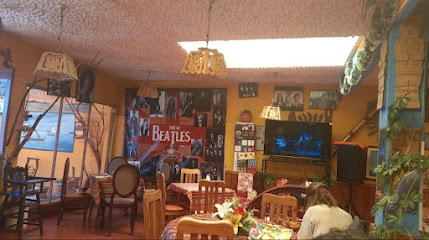
The Hot Spot Uyuni
Experience authentic Bolivian flavors at The Hot Spot Uyuni – where every dish tells a story.
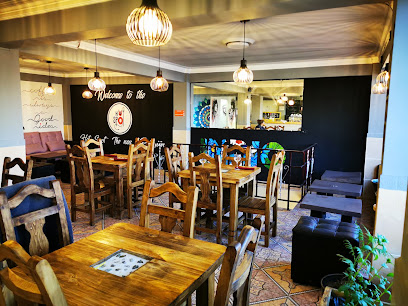
Inti Jalanta
Discover the vibrant flavors of South America at Inti Jalanta in Comunidad Yumani – a must-visit culinary experience for all travelers.
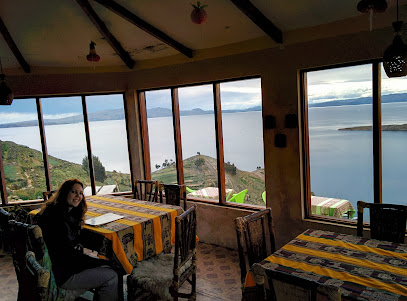
Restaurant Cas Burger
Savor mouth-watering burgers and local flavors at Restaurant Cas Burger - a must-visit dining spot in scenic Rurrenabaque.
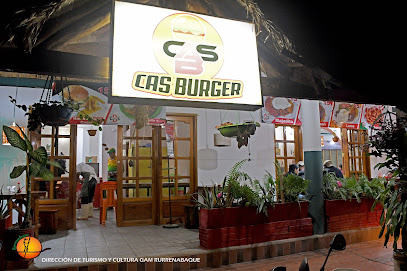
Markets, malls and hidden boutiques
Parque Nacional Madidi
Discover the enchanting beauty and biodiversity of Parque Nacional Madidi, Bolivia's premier national park for wildlife enthusiasts and adventure seekers.
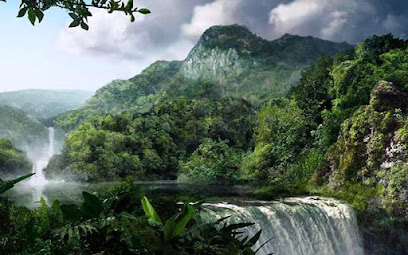
MASHAQUIPE ECO TOURS
Experience the breathtaking beauty of Bolivia's Amazon and Pampas with Mashaquipe Eco Tours, your gateway to adventure and wildlife.
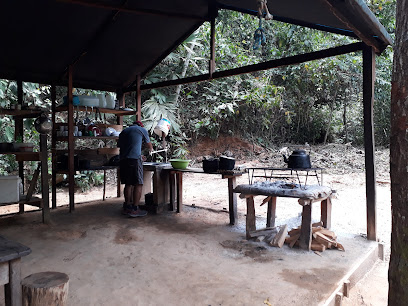
Roots Coffee Rurrenabaque
Discover the rich flavors of Bolivian coffee at Roots Coffee Rurrenabaque, a cozy spot for relaxation and community.
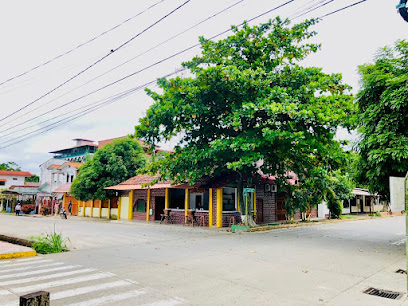
Pampas Supermarket
Explore the vibrant flavors of Rurrenabaque at Pampas Supermarket, your go-to destination for local and international products.
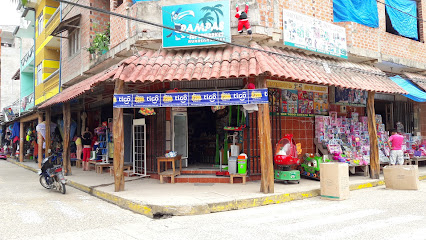
Madidi Jungle Ecolodge
Experience the beauty of biodiversity at Madidi Jungle Ecolodge, your eco-friendly escape in the heart of Madidi National Park, Bolivia.
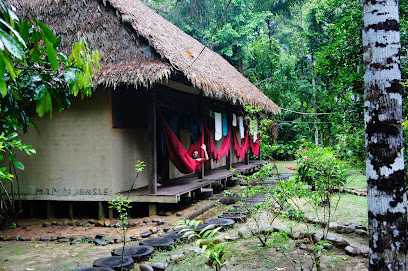
Mistura - Manifestación Creativa
Explore unique Bolivian fashion at Mistura - Manifestación Creativa, a boutique in La Paz offering high-quality clothing and authentic experiences.

Chalalan Ecolodge
Discover the beauty of Bolivia’s Amazon at Chalalan Ecolodge, where eco-luxury meets adventure amidst breathtaking nature.
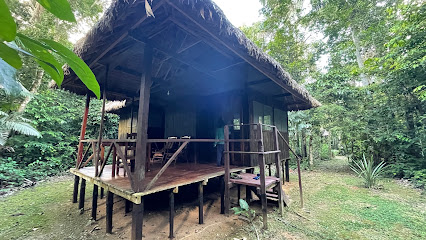
TIENDA MARUPA
Discover authentic Bolivian flavors and organic products at Tienda Marupa, your go-to grocery store in Rurrenabaque.

Almacén Cochabamba
Discover the vibrant shopping scene at Almacén Cochabamba in Rurrenabaque, where local crafts and delicious cuisine await.

Rhema Artesanos Integrados
Explore the charm of Rhema Artesanos Integrados, a treasure trove of handcrafted home goods in Rurrenabaque, Bolivia.

Capitanía De Puerto
Explore Capitanía De Puerto: A Unique Army Surplus Shop in Rurrenabaque Offering Adventure Gear and Local Treasures.
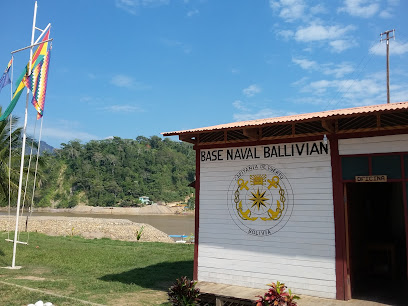
RTV ITURRALDE
Discover RTV Iturralde in Ixiamas: a vibrant shopping mall offering local crafts, delicious food, and a taste of Bolivian culture.

El Alto Market
Discover the captivating El Alto Market in La Paz, where vibrant culture, local crafts, and delicious street food await every traveler.

TIENDA - EL AMIGO
Explore vibrant Bolivian fashion at Tienda - El Amigo in Rurrenabaque, where unique clothing and local culture come together beautifully.
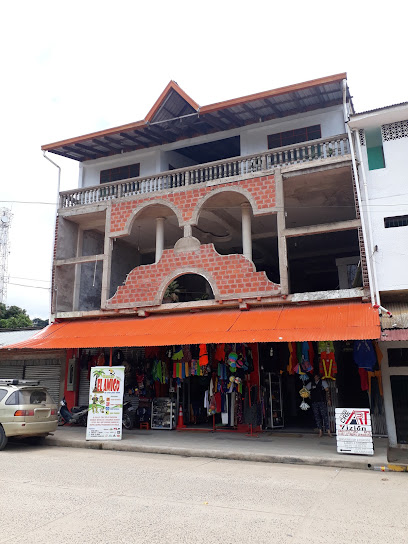
Barraca El Triunfo del Madidi
Immerse yourself in Bolivian culture at Barraca El Triunfo del Madidi, where shopping meets authentic local flavors in Rurrenabaque.

Essential bars & hidden hideouts
Punch's Bar & Licorería
Discover Rurrenabaque's nightlife at Punch's Bar & Licorería - where local flavors meet vibrant social experiences.

El Motacusal
Experience vibrant Bolivian culture at El Motacusal, a beloved bar in Ixiamas offering local drinks and a lively atmosphere.
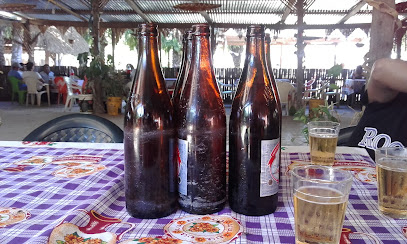
Discoteca Karaoke CASANOVA
Discover the vibrant nightlife of Rurrenabaque at Discoteca Karaoke CASANOVA, where live music and karaoke create unforgettable experiences.
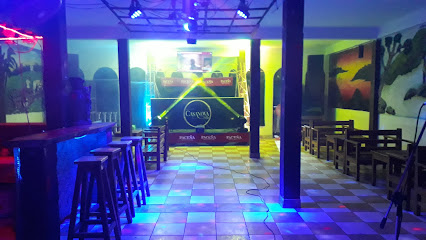
Karaoke Sayubu
Discover the joy of singing at Karaoke Sayubu, a vibrant bar in Ixiamas where music and fun come together for an unforgettable night.
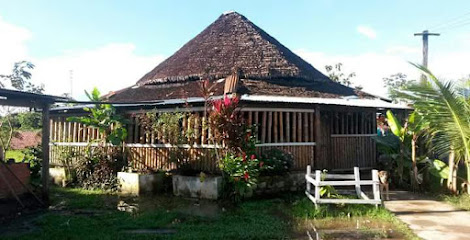
Karaoke EL CARRETON
Experience the vibrant nightlife of Ixiamas at Karaoke EL CARRETON, where every night is filled with music and laughter.
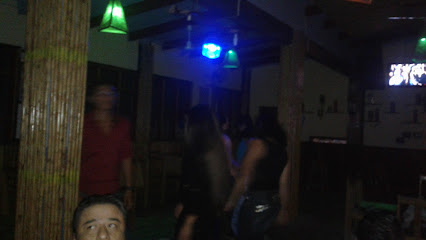
Bar el Bichito
Discover the authentic Bolivian culture at Bar el Bichito in Ixiamas, where refreshing drinks and local camaraderie await.

Tronkito's pub disco karaoke
Experience the vibrant nightlife of La Paz at Tronkito's Pub Disco Karaoke, where music, dance, and fun come together in a lively atmosphere.
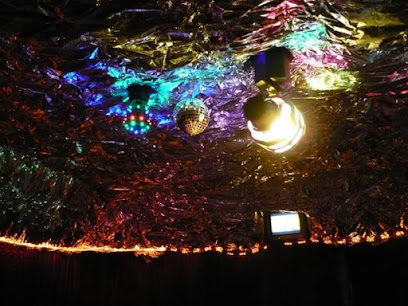
GastroBar EL CAPI
Discover the vibrant flavors of Rurrenabaque at GastroBar EL CAPI, a top grill destination offering delicious meals in a lively atmosphere.
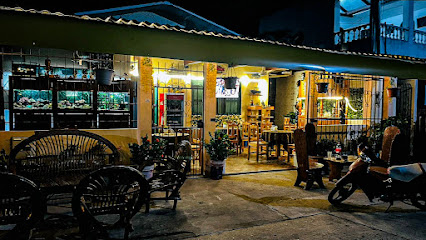
Bar Karaoke La Diosa
Experience the vibrant nightlife of Rurrenabaque at Bar Karaoke La Diosa, where every night is a celebration filled with music and camaraderie.

Palacio De Las Cañas
Experience the cozy ambiance of Palacio De Las Cañas, a charming bar in Ixiamas, Bolivia, perfect for relaxation and socializing.

Bar Basilon
Discover the lively spirit of Bar Basilon in Rurrenabaque—where every drink tells a story and every visit is a new adventure.
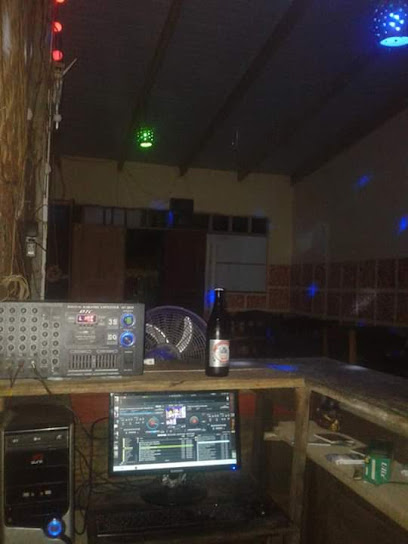
BAR LOS AMIGOS
Experience the vibrant nightlife at Bar Los Amigos in Rurrenabaque, where local flavors and friendly vibes await every traveler.

Karaoke Discotec Epahuani
Experience the thrill of live karaoke in Tumupasa at Karaoke Discotec Epahuani, a vibrant bar where fun and music unite.

bar el chano
Discover Bar El Chano in Ixiamas, a vibrant bar offering local drinks and a taste of Bolivian culture amidst stunning landscapes.

ID`ETI MADIDI PUB - BAR & RESTAURANT
Experience the flavors of Bolivia at ID`ETI MADIDI PUB - BAR & RESTAURANT, the perfect dining spot in Rurrenabaque for tourists seeking local cuisine.
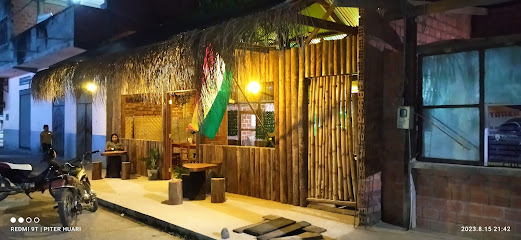
Local Phrases about Madidi National Park
-
- HelloHola
[Oh-la] - GoodbyeAdios
[Ah-dee-ohs] - YesSí
[See] - NoNo
[Noh] - Please/You're welcomePor favor
[Por fah-vor] - Thank youGracias
[Gra-see-as] - Excuse me/SorryPerdón
[Pair-dohn] - How are you?¿Cómo estás?
[Koh-moh ehs-tahs] - Fine. And you?Bien. ¿Y tú?
[Byen. Ee too] - Do you speak English?¿Hablas inglés?
[Ah-blahs een-glehs] - I don't understandNo entiendo
[Noh ehn-tee-ehn-doh]
- HelloHola
-
- I'd like to see the menu, pleaseMe gustaría ver el menú, por favor
[Meh goos-tah-ree-ah ver el meh-noo, por fah-vor] - I don't eat meatNo como carne
[Noh koh-moh kahr-neh] - Cheers!¡Salud!
[Sah-lood] - I would like to pay, pleaseMe gustaría pagar, por favor
[Meh goos-tah-ree-ah pah-gar, por fah-vor]
- I'd like to see the menu, pleaseMe gustaría ver el menú, por favor
-
- Help!¡Ayuda!
[Ah-yoo-dah] - Go away!¡Vete!
[Veh-teh] - Call the Police!¡Llama a la policía!
[Yah-mah ah lah poh-lee-see-ah] - Call a doctor!¡Llama a un médico!
[Yah-mah ah oon meh-dee-koh] - I'm lostEstoy perdido
[Ehs-toy pair-dee-doh] - I'm illEstoy enfermo
[Ehs-toy ehn-fehr-moh]
- Help!¡Ayuda!
-
- I'd like to buy...Me gustaría comprar...
[Meh goos-tah-ree-ah kohm-prar] - I'm just lookingSolo estoy mirando
[Soh-loh ehs-toy mee-rahn-doh] - How much is it?¿Cuánto cuesta?
[Kwan-to kwes-tah] - That's too expensiveEso es demasiado caro
[Eh-soh ehs de-mah-see-ah-doh kah-roh] - Can you lower the price?¿Puedes rebajar el precio?
[Pweh-dehs reh-bah-har el preh-see-oh]
- I'd like to buy...Me gustaría comprar...
-
- What time is it?¿Qué hora es?
[Keh oh-rah ehs] - It's one o'clockEs la una
[Ehs lah oo-nah] - Half past (10)Las diez y media
[Lahs dee-ehs ee meh-dee-ah] - MorningMañana
[Mah-nyah-nah] - AfternoonTarde
[Tahr-deh] - EveningNoche
[Noh-cheh] - YesterdayAyer
[Ah-yehr] - TodayHoy
[Oy] - TomorrowMañana
[Mah-nyah-nah] - 1Uno
[Oo-noh] - 2Dos
[Dohs] - 3Tres
[Tress] - 4Cuatro
[Kwah-troh] - 5Cinco
[Sinq-koh] - 6Seis
[Says] - 7Siete
[Syeh-teh] - 8Ocho
[Oh-choh] - 9Nueve
[Nweh-veh] - 10Diez
[Dee-ehs]
- What time is it?¿Qué hora es?
-
- Where's a/the...?¿Dónde está...?
[Dohn-deh ehs-tah] - What's the address?¿Cuál es la dirección?
[Kwahl ehs lah dee-rehk-syohn] - Can you show me (on the map)?¿Puedes mostrarme (en el mapa)?
[Pweh-dehs mohs-trar-meh (ehn el mah-pah)] - When's the next (bus)?¿Cuándo es el próximo (autobús)?
[Kwan-doh ehs ehl proh-ksy-moh (ow-toh-boos)] - A ticket (to ....)Un boleto (a ....)
[Oon boh-leh-toh (ah)]
- Where's a/the...?¿Dónde está...?
History of Madidi National Park
-
Madidi National Park has been home to various indigenous groups for thousands of years. The most notable among them are the Tacana, Ese Ejja, and Tsimané people. These groups have a deep connection to the land and its resources, relying on the forest for hunting, fishing, and gathering. Their rich cultural heritage includes a variety of traditional practices, rituals, and languages that continue to be preserved to this day.
-
The arrival of Spanish conquistadors in the 16th century had a significant impact on the indigenous populations of the region. The Spanish were drawn to the area by tales of its abundant natural resources, including gold and other minerals. The colonization efforts led to the displacement and forced labor of many indigenous groups, as well as the introduction of new diseases that decimated local populations. Despite these challenges, some indigenous communities managed to preserve their way of life in the remote areas of what is now Madidi National Park.
-
Madidi National Park was officially established in 1995 as part of Bolivia's efforts to protect its rich biodiversity and cultural heritage. The park covers an area of approximately 18,958 square kilometers and encompasses a variety of ecosystems, from Andean highlands to Amazonian rainforests. The creation of the park was a collaborative effort involving the Bolivian government, local indigenous communities, and international conservation organizations. It is now considered one of the most biologically diverse places on Earth, home to thousands of plant and animal species.
-
Since its establishment, Madidi National Park has been the focus of numerous conservation efforts aimed at protecting its unique biodiversity. These efforts include anti-poaching initiatives, habitat restoration projects, and community-based conservation programs. However, the park also faces significant challenges, such as illegal logging, mining, and agricultural expansion. Climate change poses an additional threat, potentially altering the delicate balance of the park's ecosystems. Despite these challenges, ongoing efforts by conservationists and local communities continue to safeguard Madidi's natural and cultural heritage.
-
In recent years, Madidi National Park has become a popular destination for cultural tourism and ecotourism. Visitors have the opportunity to experience the park's stunning landscapes and diverse wildlife, as well as learn about the traditional lifestyles of its indigenous inhabitants. Ecotourism initiatives in the park aim to promote sustainable travel practices and provide economic benefits to local communities. These initiatives often involve guided tours, community-run lodges, and educational programs that highlight the importance of conservation and cultural preservation.
Madidi National Park Essentials
-
Madidi National Park is located in the upper Amazon river basin in Bolivia. The nearest airport is El Alto International Airport in La Paz. From La Paz, you can take a domestic flight to Rurrenabaque, which is the gateway town to the park. The flight duration is approximately 45 minutes. Alternatively, you can take a bus from La Paz to Rurrenabaque, which takes around 18-20 hours due to the challenging road conditions. Once in Rurrenabaque, you can arrange a boat or a jeep to enter the park.
-
Within Madidi National Park, transportation is primarily by boat along the rivers or on foot through the jungle trails. Local tour operators in Rurrenabaque provide guided tours that include transportation. In Rurrenabaque, mototaxis and tuk-tuks are common for short distances, while taxis and buses can be used for longer distances. It is recommended to arrange transportation through reputable tour operators to ensure safety and reliability.
-
The official currency in Bolivia is the Bolivian Boliviano (BOB). Credit cards are accepted in some hotels and larger restaurants in Rurrenabaque, but it is advisable to carry cash, especially when entering the park and in smaller establishments. There are ATMs in Rurrenabaque, but it is wise to withdraw sufficient cash before heading into the park, as there are no banking facilities within Madidi National Park.
-
Madidi National Park is generally safe for tourists, but it is important to take standard precautions. Avoid walking alone at night in unfamiliar areas of Rurrenabaque and keep an eye on your belongings in crowded places. Be cautious of wildlife and follow the guidelines provided by your tour guide. There are no specific high-crime areas targeting tourists, but it is always best to stay vigilant and aware of your surroundings.
-
In case of emergency, dial 110 for police assistance and 118 for medical emergencies. Rurrenabaque has a small hospital that can provide basic medical care. It is highly recommended to have travel insurance that covers medical emergencies and evacuation. For minor health issues, there are pharmacies in Rurrenabaque where you can purchase over-the-counter medications. Always inform your tour guide of any medical conditions you may have before entering the park.
-
Fashion: Do wear light, breathable clothing and sturdy footwear suitable for jungle trekking. Avoid wearing bright colors that may attract insects. Religion: Do respect local customs and traditions, particularly among indigenous communities. Public Transport: Do be respectful and patient, as transport schedules can be unpredictable. Don’t expect Western standards of punctuality and comfort. Greetings: Do greet people with a friendly handshake. A simple 'Buenos días' (Good morning) or 'Buenas tardes' (Good afternoon) is customary. Eating & Drinking: Do try local dishes and enjoy the fresh, local produce. Don’t drink tap water; always opt for bottled water.
-
To experience Madidi National Park like a local, consider staying in community-run lodges that support indigenous communities. Engage with local guides, who can offer deep insights into the flora, fauna, and cultural heritage of the region. Participate in traditional activities such as fishing, crafting, and cooking with local ingredients. Make sure to visit the Serere Reserve, a conservation area adjacent to Madidi, which offers a more intimate wildlife experience.
Nearby Cities to Madidi National Park
-
Things To Do in La Paz
-
Things To Do in Puno
-
Things To Do in Cusco
-
Things To Do in Arequipa
-
Things To Do in Cochabamba
-
Things To Do in Machu Picchu
-
Things To Do in Tacna
-
Things To Do in Arica
-
Things To Do in Sucre
-
Things To Do in Ayacucho
-
Things To Do in Potosi
-
Things To Do in Santa Cruz de la Sierra
-
Things To Do in Iquique
-
Things To Do in Uyuni
-
Things To Do in Huancayo

